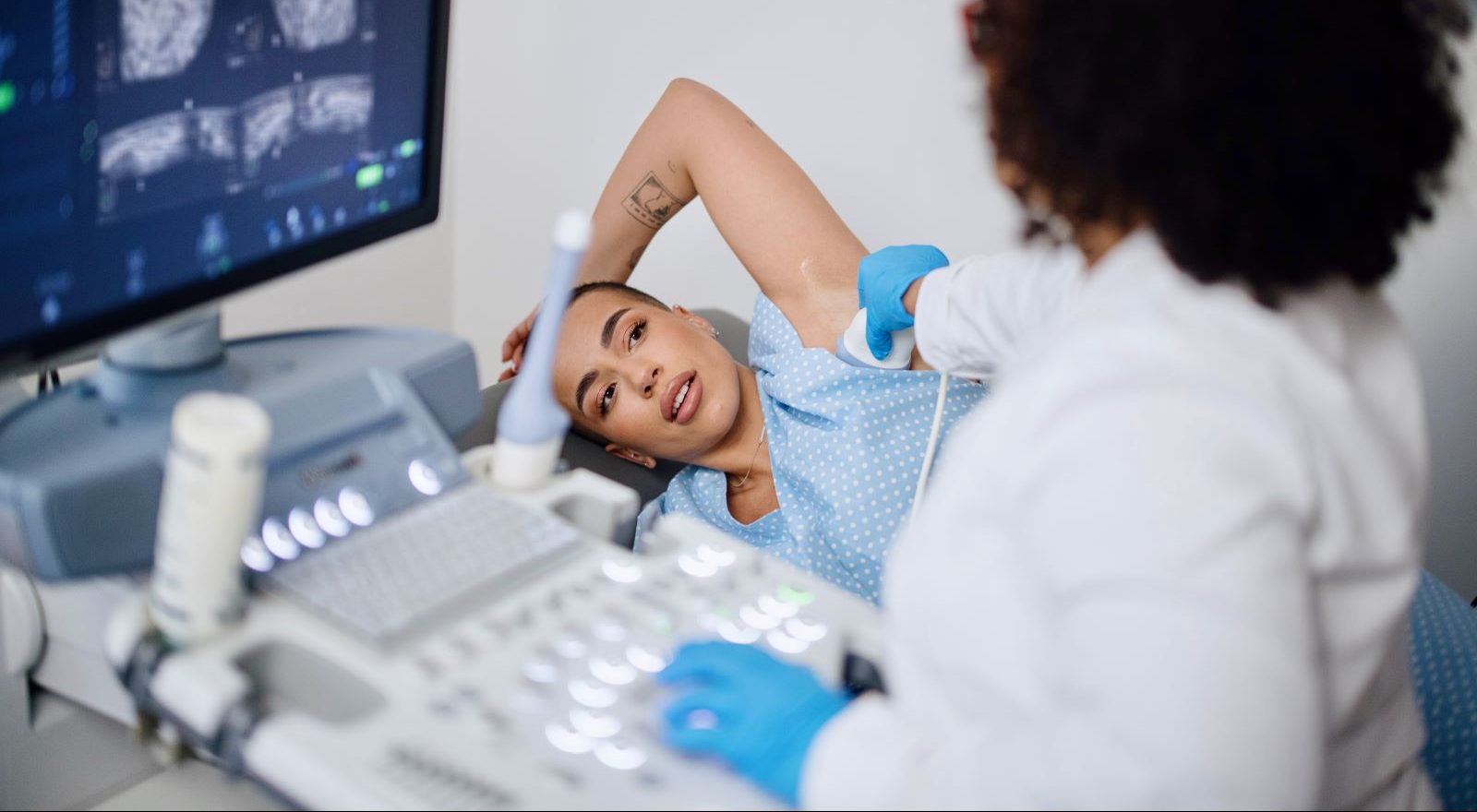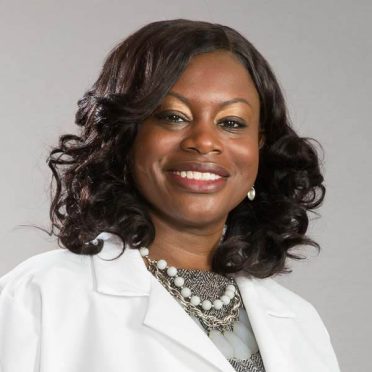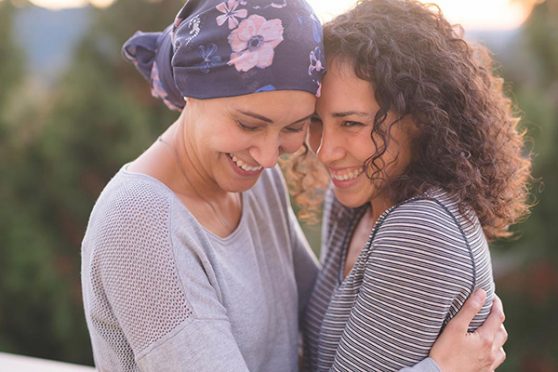Breast cancer is the second most common cancer among women in the United States. Women of color are twice as likely to die from breast cancer compared to others.
Why do Black women have a greater risk of dying?
“There are several factors, some include racial disparities in screening and mammography, which often leads to differences in diagnosis, stage of diagnosis as well as the size of the tumor,” said Camelia Lawrence, MD, director of breast surgery for The Hospital of Central Connecticut and MidState Medical Center.
> Related: Advanced Screenings Pinpoint Breast Cancer
What is triple-negative breast cancer?
Triple-negative breast cancer is more aggressive than other types of breast cancer. Black women who are diagnosed with triple-negative breast cancer are 28% more likely to die than white women with the same diagnosis, and are also less likely to be treated with surgery and chemotherapy.
Experts say this is because breast cancer is often diagnosed too late in women of color. Screenings and early diagnosis are two of the most important strategies for preventing deaths from breast cancer.
> Want more health news? Text StartHere to 85209 to sign up for text alerts
What symptoms should I watch out for?
Women should be mindful of the following symptoms:
- New lump in the breast or underarm.
- Thickening or swelling of part of the breast.
- Irritation or dimpling of breast skin.
- Redness or flaky skin in the nipple area or the breast.
- Spontaneous discharge from the nipple.
- Any change in the size or the shape of the breast.
Dr. Lawrence adds that not all breast cancers develop in the form of a lump, which means a self exam may not always reveal the cancer. “That’s why the routine screening is so important, because it will pick up something that a woman wouldn’t feel on her own,” says Lawrence.
When should I be screened?
Doctors use mammograms to look for early signs of breast cancer. and catch it before symptoms develop. Current guidelines suggest:
- Women ages 40 to 44 have the choice to start annual breast cancer screening with mammograms.
- Women ages 45 to 54 should get mammograms every year.
- Women 55 and older can switch to mammograms every 2 years, or can continue yearly screening.
“Every woman should be getting a mammogram. We know that they save lives,” says Lawrence. “If you have a family history of breast cancer, talk with your doctor. Women who have a strong family history or underlying mutation may start screening even earlier.”



